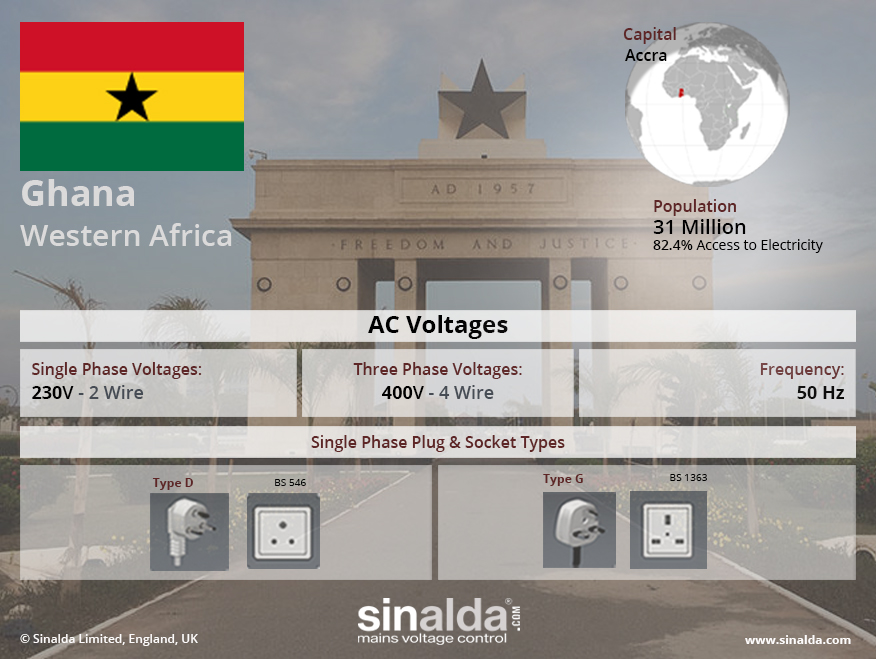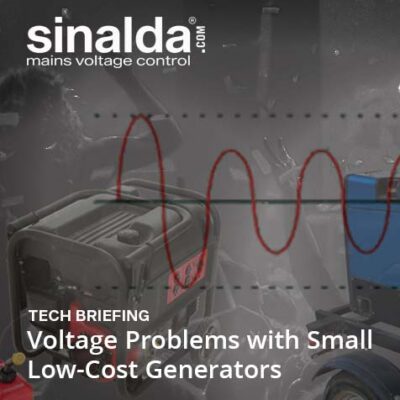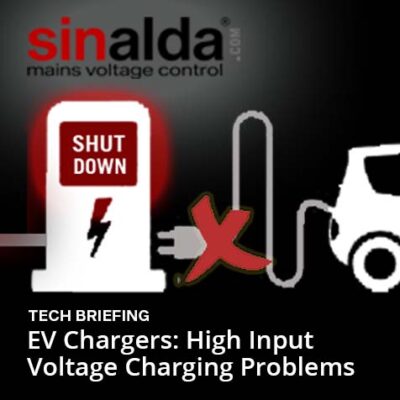Last Updated: 01 November 2021

Copyright 2021 Sinalda. Permission to use this image is granted subject to appropriate credit being given to www.sinalda.com as the source.
Power Quality in Ghana
On the strength of the mining and new oil and gas sectors, coupled with a growing population (particularly in the middle class), the demand for electricity power in Ghana has outpacing supply and as a result in recent years there has been an increased frequency in power outages and deliberate load shedding and planned voltage brownouts.
In a Business Barometer Survey at the end of 2012, by the Association of Ghana Industry, the poor state of the nation’s power supply emerged as the topmost constraint to the growth of businesses in Ghana.
Power Sector in Ghana
It is estimated (2012) that the electricity grid in Ghana services about 74% of the population (60% in rural areas). However, over 80 % of the domestic electricity supply is consumed in the cities and urban towns.
Ghana’s electricity supply is mainly obtained from hydro and fossil fuels and generation capacity is estimated at 2800 Megawatts.
While the recent spate of power problems are partly due to the unexpected interruption of gas supplies, a deeper look reveals a broader problem in the power sector.
BBC News – 13 March 2015
According to a report published in June 2013 by the World Bank, the root of the current power problems is ineffectual government policies and decisions which have delayed much needed investments in gas supply and power generation. As a result the poor state of the sector threatens to undermine Ghana’s bid to become a fully-fledged middle income country.
A number of recommendations were made in the report including the need for good regulatory and tariff regimes, a review of existing structures to eliminate dysfunctionality, improved planning to execute new generation projects on a continuous basis to take care of the growing demand, restructuring of key sector utilities in both power and petroleum sub-sectors for better accountability, efficiency and effectiveness and devise a strategy to debottleneck and simplify processes and speed up decisions in order to boost private sector investment in power generation.
While, since the publication of this report, the government has announced a major deal with GE to invest in generating an additional 1000 Megawatts capacity, it will take five years for this resource to fully come online and while all extra capacity is welcome more will still be needed (5000 Megawatts by 2016) and structural reforms of the sector implemented if the current ongoing power crisis is be finally put to bed.
Share your Views and Experiences
Every reasonable effort is made to ensure that the information provided above is accurate. No guarantees for the accuracy of the information is made.
So we are able to keep the content updated, and actual on the ground experiences can be shared with others, please feel free to contact us.







